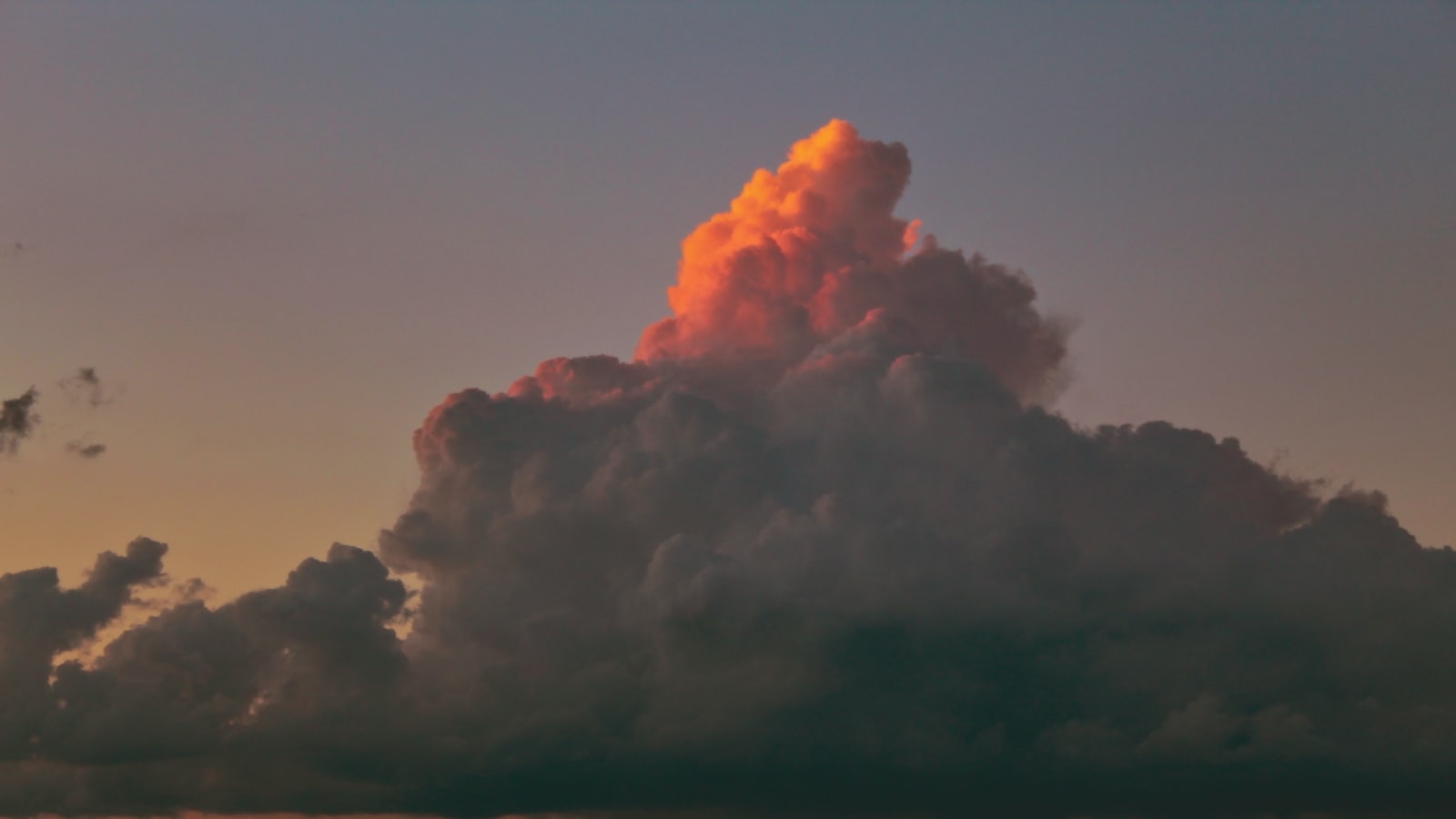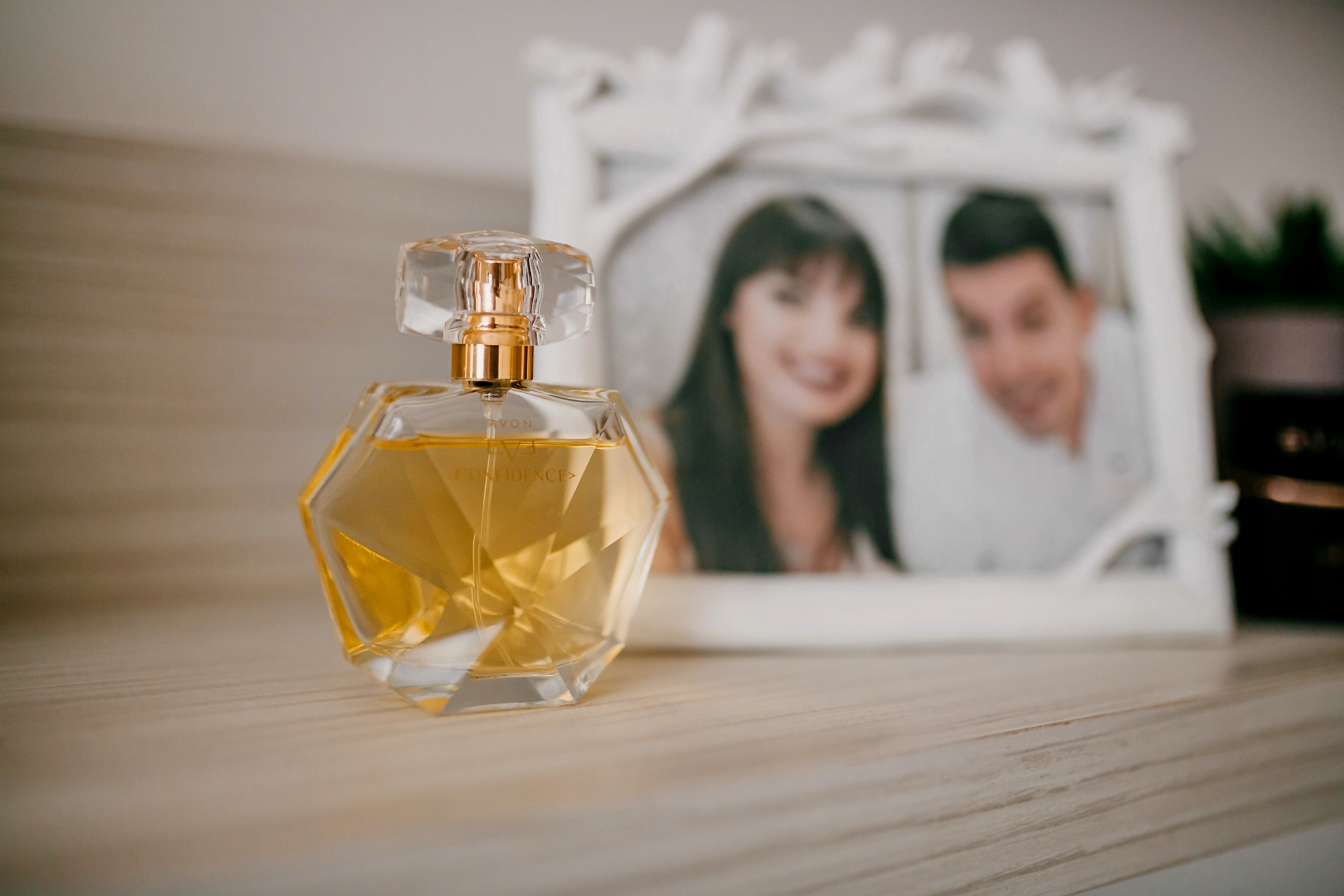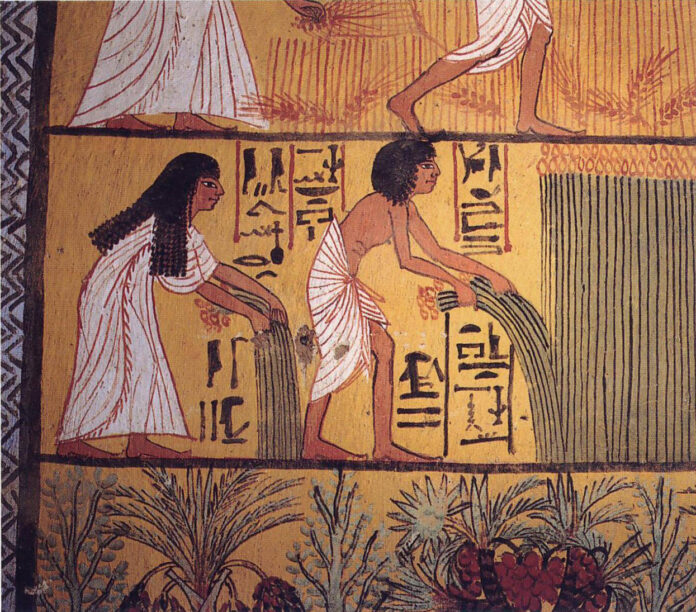In the enchanting realm of scent, lies a captivating story that spans centuries, crossing vast lands and whispering tales of glamour, mystique, and allure. Perfume, an everlasting companion to humanity, has weaved its aromatic tapestry throughout history, leaving an indelible mark on cultures, rituals, and even civilizations. From the intoxicating incense of ancient Egypt to the intricately crafted fragrances of modern times, join us on a fragrant journey as we unravel the captivating history of perfume—a story that has fascinated and bewitched our senses for millennia. Embark with us on this olfactory adventure and breathe in the spellbinding scents that transcend time, revealing the secrets and traditions of each era.
Fragrances in Ancient Egypt: An Aromatic Journey through Time
Immerse yourself in the captivating world of fragrances as we take you on an aromatic journey through time. Join us as we delve into the fascinating history of perfume, starting from the ancient civilization that pioneered its creation – Ancient Egypt.
In the enchanting realm of Ancient Egypt, perfumes were considered an essential part of everyday life. Fragrances were not only used as a means to please the gods but also as a symbol of status and beauty. The Egyptians were meticulous in their art of perfumery, carefully extracting scents from natural resources such as flowers, herbs, and resins. They pioneered techniques that are still utilized in modern perfumery, demonstrating their expertise and timeless taste.
- The Egyptians believed that pleasant aromas could ward off evil spirits and promote a harmonious existence.
- Perfumes were extensively used in religious rituals, with temples being adorned with scented oils.
- The ancient Egyptians valued fragrance so highly that it was even buried alongside them to ensure a fragrant afterlife.
As we venture forth in this aromatic journey, we will explore the unique scents, ancient techniques, and profound significance of perfumes throughout history. From the remarkable civilization of Ancient Egypt to the modern era, this exploration aims to unveil the enduring allure of these captivating fragrances that have stood the test of time.

The Influence of Eastern Traditions: Perfume’s Evolution in Asia
Perfume, a timeless luxury that has become an integral part of our daily lives, has a rich history that dates back to ancient civilizations. While many of us are familiar with the influence of Eastern traditions on perfume, it is important to understand how these traditions have shaped and evolved the world of fragrance in Asia.
In Asia, scent has always held a spiritual significance. From the aromatic rituals of ancient Indian Ayurveda to the delicate art of Japanese Kodo, fragrance has been used to create a sense of harmony and balance. The influence of Eastern traditions on perfume in Asia can be seen through the use of exquisite natural materials such as oud, sandalwood, and jasmine. These ingredients have not only provided a distinct olfactory experience but also held symbolic meanings that reflect cultural beliefs and traditions.
- Ancient Chinese Dynasties: Perfume in ancient China was associated with status and power. Emperors and nobles would wear fragrances made from rare flowers and precious woods to assert their authority and enhance their aura.
- India’s Floral Fragrances: India has been known for its love affair with fragrant flowers such as rose, jasmine, and tuberose. The captivating aromas of these blooms have been transformed into exquisite attars and oils, treasured for their therapeutic and spiritual qualities.
- The Japanese Art of Incense: Incense has played a central role in Japanese culture for centuries. The refined art of Kodo, meaning “the way of incense,” involves the appreciation and enjoyment of different scents to achieve a deeper connection with nature and oneself. Fragrances like sandalwood and aloeswood are often used in this sacred practice.
From the opulent courts of ancient China to the serene temples of Japan, the evolution of perfume in Asia has been deeply intertwined with Eastern traditions, fostering a unique fragrance heritage that continues to captivate the world. Exploring the vast array of scents and rituals originating from these cultures allows us to delve into an olfactory journey that is both captivating and enlightening.

The Perfume Renaissance: Europe’s Contribution to the Fragrance Industry
Perfume has a rich and captivating history, with Europe playing a significant role in shaping the fragrance industry as we know it today. From the enchanting aromas of ancient Egypt to the modern and complex scents of the present day, Europe’s contribution to perfume has been undeniable. Let us take a fragrant journey through time and explore the evolution of perfume, from its origins to the Renaissance era.
In the ancient world, Egypt was revered as the birthplace of perfumery. The Egyptians would extract essential oils from various sources such as flowers, spices, and resins, using them in religious rituals, personal adornment, and even medical treatments. The art of perfumery soon spread to other civilizations, including Greece and Rome. During the Renaissance period, fragrance became a symbol of sophistication and status. Perfumers began to experiment with new ingredients and techniques, resulting in elaborate and unique scents that became highly sought after.
- The Perfume Renaissance in Europe brought forth a wide range of floral fragrances, dominated by rose, jasmine, and lavender.
- Perfume bottles became intricately designed, showcasing the artistic craftsmanship of the time.
- Perfumers perfected the technique of distillation, allowing for more precise and concentrated perfumes.
As perfume became more accessible during this period, its influence grew exponentially, becoming an integral part of daily life for many Europeans. The Perfume Renaissance marked a turning point in the fragrance industry, cementing Europe’s position as a global leader in perfumery. Today, we continue to be enchanted by the artistry and beauty that perfumes bring, a testament to the enduring legacy of Europe’s contribution to the fragrance industry.

Modern Perfumery: A Synthesis of Art, Science, and Innovation
Perfumery has a rich and fascinating history that spans thousands of years, tracing its roots back to the ancient civilizations of Egypt, Mesopotamia, and China. From the intricate rituals of the Egyptians to the opulence of the Roman Empire, the art of perfumery has evolved and adapted, reflecting the cultural and societal changes throughout the ages.
In ancient Egypt, fragrances held a sacred and mystical significance. The Egyptians believed that scents possessed the power to communicate with the gods and bridge the gap between the mortal and divine realms. Perfumes were used in religious ceremonies, as offerings to the deceased, and even as a form of currency. They were created by blending natural essences such as myrrh, frankincense, and rose oil. The secrets of these ancient perfume recipes were closely guarded and passed down through generations, ensuring the spiritual significance and the mystique of the scents.
As civilizations advanced, so did the science behind perfumery. The Islamic Golden Age witnessed significant progress in the distillation and extraction techniques, enabling the creation of complex scents. Perfume bottles became works of art adorned with precious gemstones and intricate designs, signifying the status and wealth of their owners. With the rise of trade and exploration in the Middle Ages, exotic ingredients such as spices, resins, and rare flowers found their way into perfumes, further expanding the possibilities of olfactory artistry.
Fast forward to the modern era, and perfumery has become a true synthesis of art, science, and innovation. Fragrance houses now employ master perfumers who combine their expertise in chemistry, botany, and artistic composition to create unique and captivating scents. Utilizing cutting-edge technology and advanced laboratory techniques, these perfumers can analyze and recreate scent molecules, pushing the boundaries of creativity and innovation.
The evolution of perfumery throughout history demonstrates its enduring allure and universal appeal. Today, perfumes have become an integral part of our daily lives, allowing us to express our individuality and evoke emotions through a single spray. As we continue to appreciate the artistry and sophistication of modern perfumery, we pay homage to the ancient Egyptians and their spiritual connection to scents, recognizing that the synthesis of art, science, and innovation is what makes perfumery truly magical.
Closing Remarks
As we draw the curtains on this olfactive journey through time, we can’t help but marvel at the transcendent power of scent. From the intoxicating perfumes of the ancient Egyptians to the exquisite fragrances of the modern era, the history of perfume has traversed continents, navigated cultures, and woven its aromatic tapestry into the fabric of human existence.
Through tales of mystery and whispers of allure, we’ve explored how perfume has evolved from an ancient spiritual practice to a symbol of luxury and personal expression. The scented secrets that once adorned the palaces of pharaohs now find themselves nestled on the dressing tables of individuals seeking their own olfactory identity.
From the medieval apothecaries crafting potions of desire to the grand perfume houses of France, a symphony of aromas has danced through the ages, resonating with the human desire for beauty, seduction, and self-discovery. These fragrant creations have mirrored societal norms, mirrored revolutions, and mirrored our ever-changing perception of beauty.
But as we embark on the final leg of our perfume pilgrimage, we cannot ignore the darker chapters of this scented tale. The trade of precious botanicals, the power dynamics within the perfume industry, and the story of synthetic molecules that revolutionized the art of fragrance—all compel us to view the history of perfume through a critical lens, acknowledging the complexities that lie beneath the surface.
Yet, despite these darker shadows, the symphony of scent continues to flourish, embracing innovation while honoring the timeless allure of natural ingredients. Icons such as Chanel No.5, Guerlain’s Shalimar, or Calvin Klein’s CK One have etched themselves into the annals of perfumery, their fragrant melodies standing the test of time.
And so, as we bid adieu to this aromatic voyage, we are reminded that perfume has become not just a luxurious indulgence but a powerful tool of self-expression. It is a sensory journey, an invisible signature that lingers in the air, evoking memories, stimulating emotions, and accentuating our personality.
The history of perfume is an ever-evolving symphony, continuously composing new chapters infused with nostalgia, innovation, and passion. So go forth, let your chosen fragrance be the melodic symphony that accompanies your life’s journey, capturing the essence of who you are and leaving an indelible mark on the world around you.



